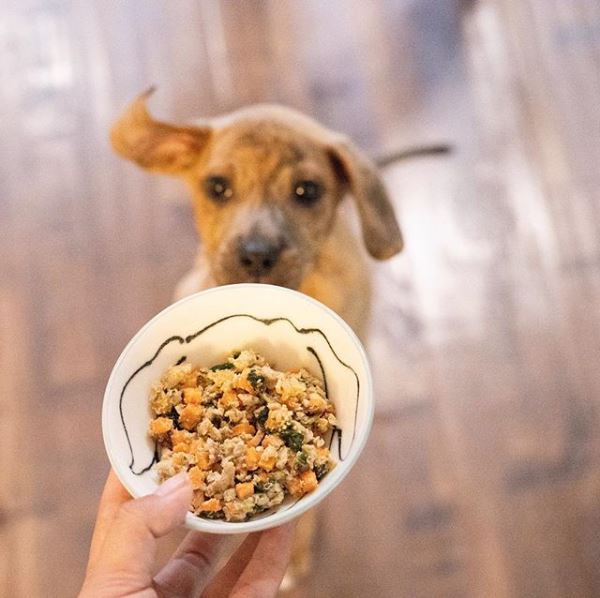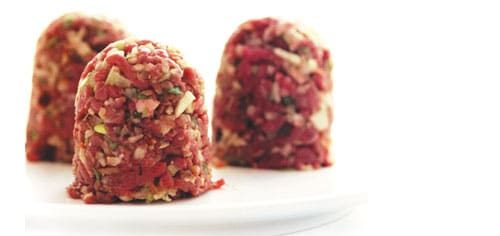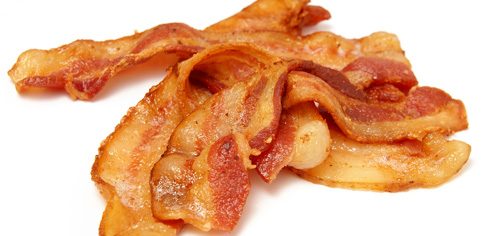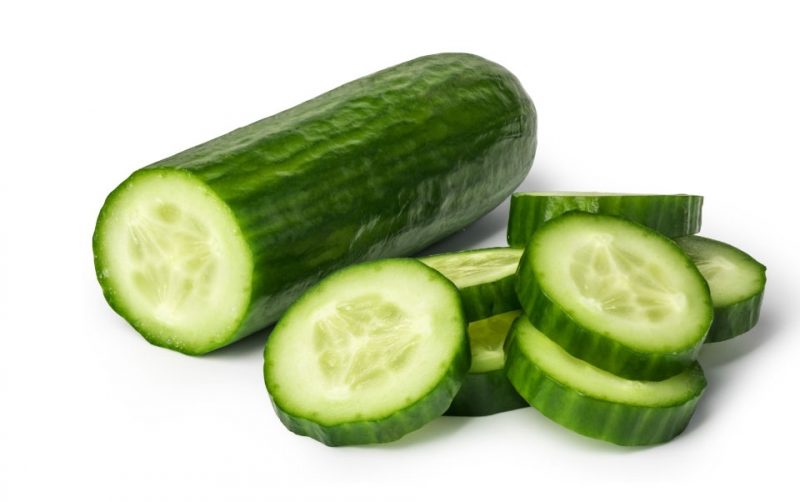
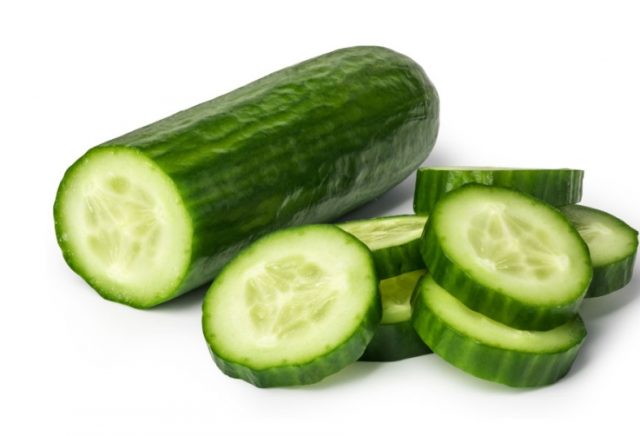
Can my Dog Eat…?
Wondering what’s safe to share with your dog? We answer commonly googled questions about “people foods” for dogs.
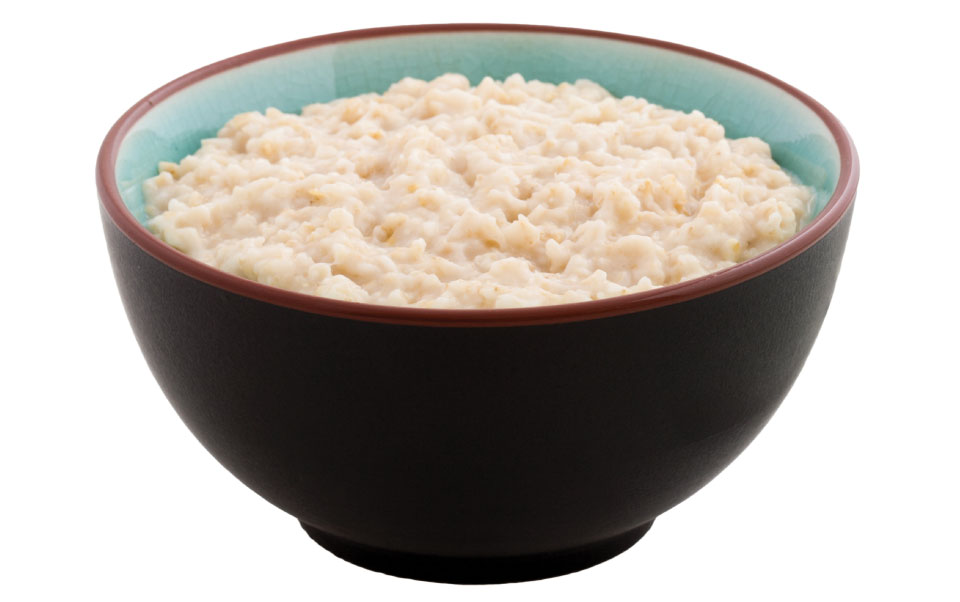 Oats are a great alternative grain source for dogs that are allergic to wheat and a good source of fiber. Oats can help to settle the stomach and regulate your dog’s digestive tract, which can be particularly beneficial for older dogs with trouble maintaining bowel regularity. Oatmeal can also be fed in conjunction with probiotics to enhance their function. Add a small spoon of plain, cooked oatmeal to your dog’s breakfast. Be sure to steer clear of oatmeal with additives like sweeteners or artificial flavours.
Oats are a great alternative grain source for dogs that are allergic to wheat and a good source of fiber. Oats can help to settle the stomach and regulate your dog’s digestive tract, which can be particularly beneficial for older dogs with trouble maintaining bowel regularity. Oatmeal can also be fed in conjunction with probiotics to enhance their function. Add a small spoon of plain, cooked oatmeal to your dog’s breakfast. Be sure to steer clear of oatmeal with additives like sweeteners or artificial flavours.
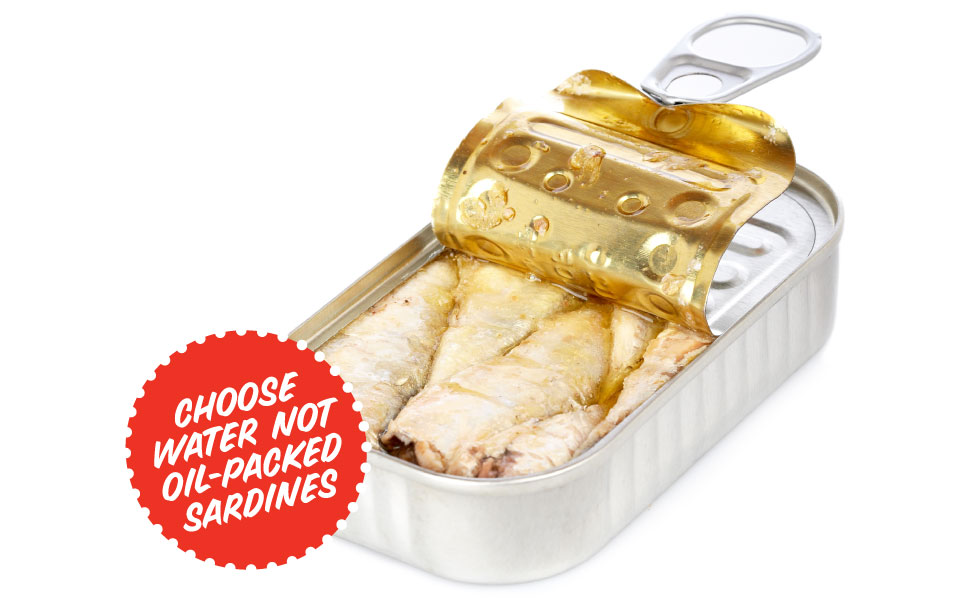


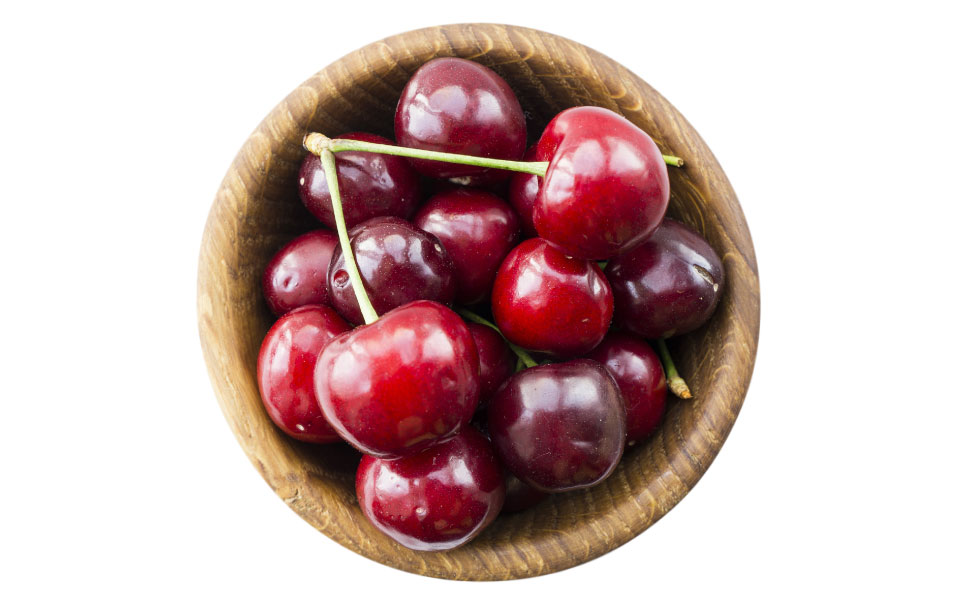
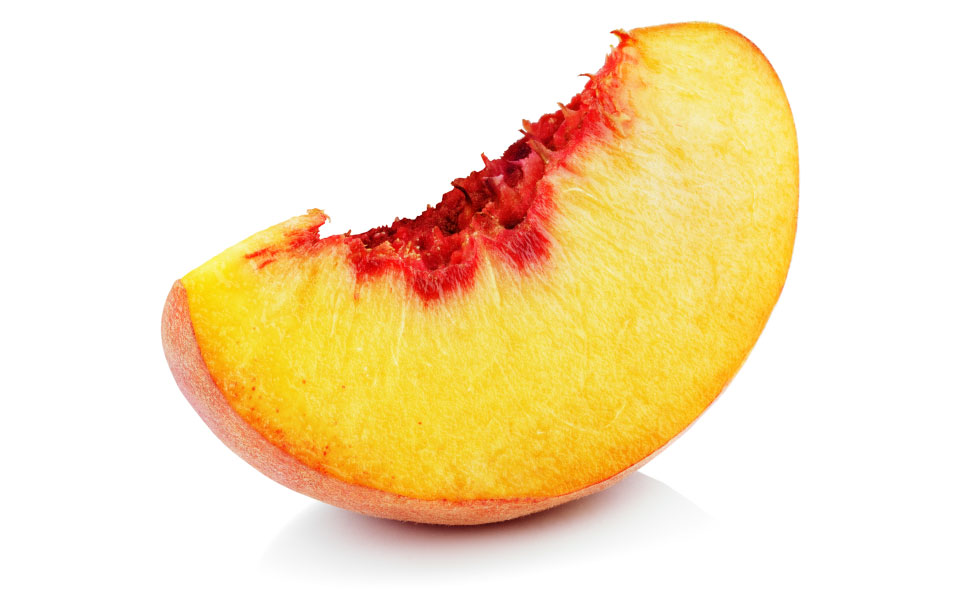

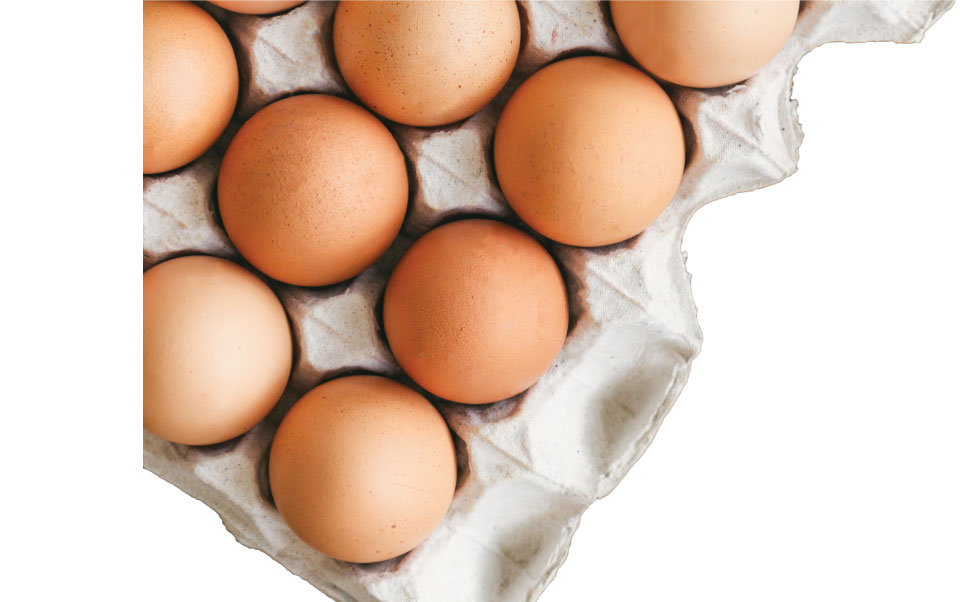

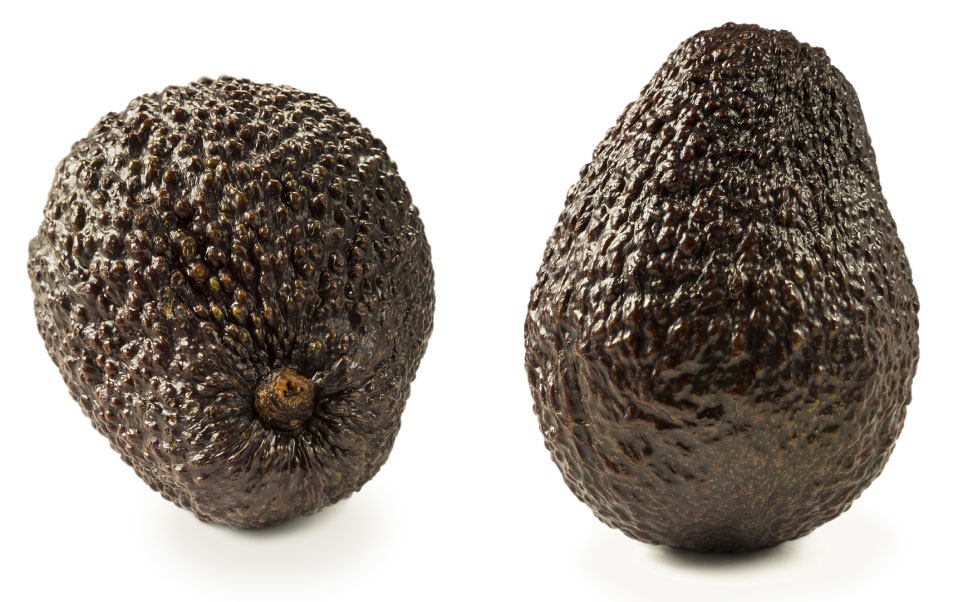
Garlic – It's Complicated
Garlic is a bit tricky. Technically, garlic is a cousin of onions, but where onions are a definite extreme “no” where our pups are concerned—dogs and particularly cats are highly susceptible to onion toxicosis—a little garlic can be absolutely terrific for dogs. It fights ear and internal infections, lowers blood sugar, boosts immune systems, and may repel fleas. But it comes with a warning.
Both garlic and onions contain a compound called thiosulphate, which is toxic to dogs, but onions contain much more of this 
Garlic, however, contains much less of this compound. Many holistic veterinarians believe that feeding doses up to 1 small clove of garlic per 20 pounds of body weight per day are not likely to pose problems for dogs, reports the Whole Dog Journal. And when used topically, such as in treating wounds or ear infections, it is harmless. All in all, just watch your dosage.

Having a hard time finding the time to make good, natural food for your dog? Feeding our dogs healthy, balanced meals is important but busy schedules can prevent us from making them ourselves. Try NomNomNow, delivering fresh, pre-portioned and nutritious meals to fit any dog's diet.
*Sponsored*
Join the newsletter and never miss out on dog content again!
"*" indicates required fields
By clicking the arrow, you agree to our web Terms of Use and Privacy & Cookie Policy. Easy unsubscribe links are provided in every email.
